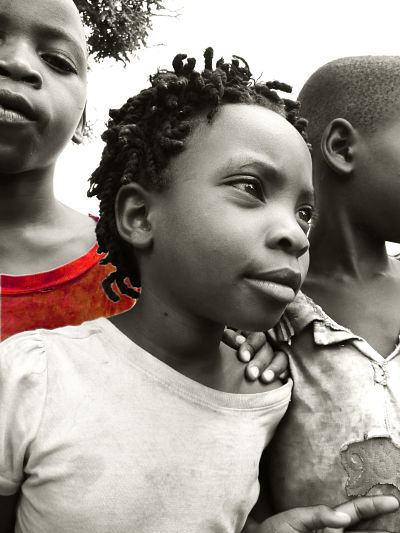What are the Causes of Poverty?

As governments, aid workers and activists search for solutions to the urgent problem of widespread poverty and seek to combat its many negative effects, there is a need to identify the causes of poverty in order to create sustainable change. Understanding what causes global poverty is a crucial part of the process of devising and implementing effective solutions.
Most analysts would agree that there is no single root cause of all poverty everywhere throughout human history. However, even taking into account the individual histories and circumstances of particular countries and regions, there are significant trends in the causes of poverty.
Top 5 Causes of Poverty
- History
Many of the poorest nations in the world were former colonies from which slaves and resources had been systematically extracted for the benefit of colonizing countries. Although there are notable exceptions (Australia, Canada and the U.S. being perhaps the most prominent), for most of these former colonies, colonialism and its legacies have helped create the conditions that prevent many people from accessing land, capital, education and other resources that allow people to support themselves adequately. In these nations, poverty is one legacy of a troubled history involving conquest. - War & political instability
Whatever the causes of war and political upheaval, it is clear that safety, stability and security are essential for subsistence and, beyond that, economic prosperity and growth. Without these basics, natural resources cannot be harnessed individually or collectively, and no amount of education, talent or technological know-how will allow people to work and reap the benefits of their labor. Laws are needed to protect rights, property and investments, and without legal protections, farmers, would-be entrepreneurs and business owners cannot safely invest in a country’s economy. It is a telling sign that the poorest countries in the world have all experienced civil war and serious political upheaval at some point in the 20th century, and many of them have weak governments that cannot or do not protect people against violence. - National Debt
Many poor countries carry significant debt due to loans from wealthier nations and international financial institutions. Poorer nations owe an average of $2.30 in debt for every $1 received in grant aid. In addition, structural adjustment policies by organizations like the World Bank and the International Monetary Fund often require poorer nations to open their markets to outside business and investors, thereby increasing competition with local businesses and, many argue, undermining the potential development of local economies. In recent years, calls for debt reduction and forgiveness have been increasing, as activists see this as a key means of reducing poverty. The United Nations has also made it a priority to examine how economic structural adjustment policies can be designed to place less pressure on vulnerable populations. - Discrimination and social inequality
Poverty and inequality are two different things, but inequality can feed widespread poverty by barring groups with lower social status from accessing the tools and resources to support themselves. According to the United Nations Social Policy and Development Division, “inequalities in income distribution and access to productive resources, basic social services, opportunities, markets, and information have been on the rise worldwide, often causing and exacerbating poverty.” The U.N. and many aid groups also point out that gender discrimination has been a significant factor in holding many women and children around the world in poverty. - Vulnerability to natural disasters
In regions of the world that are already less wealthy, recurrent or occasional catastrophic natural disasters can pose a significant obstacle to eradicating poverty. The effects of flooding in Bangladesh, drought in the Horn of Africa and the 2005 earthquake in Haiti are examples of the ways in which vulnerability to natural disasters can be devastating to affected countries. In each of these cases, already impoverished people became refugees within their own countries, losing whatever little they had, being forced out of their living spaces and becoming almost completely dependent on others for survival. According to the World Bank, two years after Cyclone Nargis hit Myanmar in 2008, the debt burden of local fishermen had doubled. The Solomon Islands experienced an earthquake and tsunami in 2007 and the losses from that disaster equaled 95 percent of the national budget. Without foreign aid, governments in these countries would have been unable to meet the needs of their people.
These are only five causes of poverty. They are both external and internal causes; both man-made and natural. Just as there is no single cause of poverty, there is no single solution. Nevertheless, understanding the ways in which complex forces like these interact to create and sustain the conditions of widespread global poverty is a vital step toward combating poverty around the world.
– Délice Williams
Source: Global Issues, USCCB, World Bank
